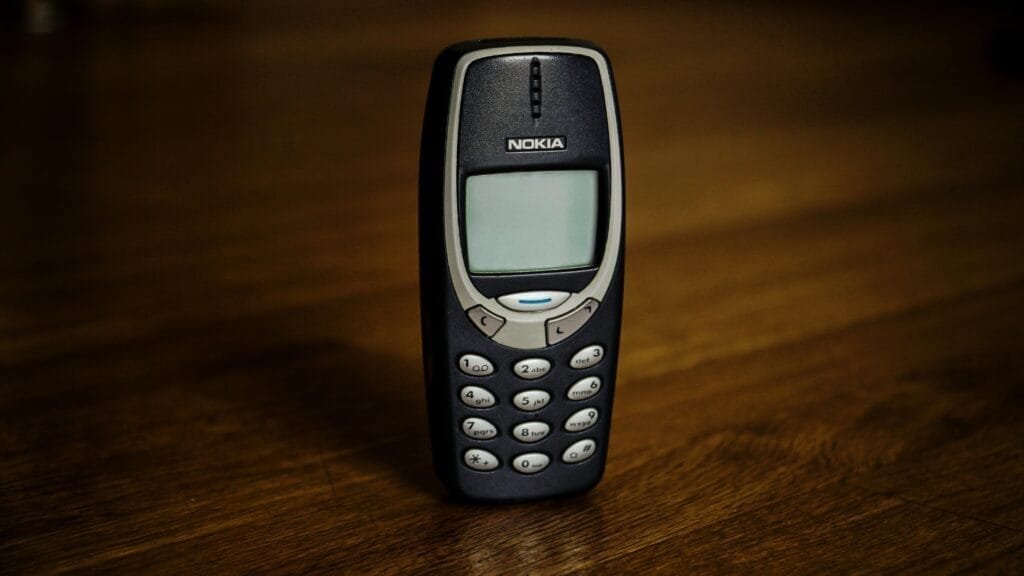Why Did Nokia Fail? – How a Giant Collapsed

In the early 2000s, when you thought of mobile phones, the first brand that undoubtedly came to mind was Nokia. Earning a place in the hearts of millions with its durable phones, long battery life, and iconic designs, Nokia quickly became the world’s largest mobile technology giant. However, with the smartphone revolution, this massive brand experienced a great collapse. So, how did Nokia rise to the top, and why did it fail?
Nokia’s Origins and Rise
Nokia’s history dates back to 1865. Founded in Finland, the company was initially a paper mill. Over the years, it expanded into rubber, cables, and electronic products. Stepping into telecommunications in the 1960s, Nokia began manufacturing mobile phones in the late 1980s.
With the rapid growth of the mobile phone market in the 1990s, Nokia rose to a leading position worldwide. Models like the Nokia 3310, 1100, and 6600 became legends due to their durability and practical usability.
The Golden Age: 1998 – 2007
In 1998, Nokia surpassed Motorola to become the world’s largest mobile phone manufacturer. In the early 2000s, one out of every three phones carried the Nokia brand. The slogan “Connecting People” became not just an advertisement, but a global phenomenon.
Nokia’s success factors during this period were:
- Robust and long-lasting devices
- An easy-to-use menu system
- A wide product range suitable for global markets
- A strong distribution network and brand loyalty
The Nokia 1100, released in 2003, became the best-selling phone in history, with over 250 million units sold.
The Beginning of the Fall: The Smartphone Era
Everything in the mobile world changed in 2007 when Apple introduced the first iPhone. The concept of a touchscreen, app-based smartphone completely transformed consumer expectations. During the same period, Google’s Android operating system began to spread rapidly.
Nokia, however, remained tightly bound to its Symbian operating system. Unable to adapt to touchscreens, Symbian fell far behind its competitors in user experience. Nokia failed to adapt to the changing dynamics of the market.
Strategic Mistakes
A series of critical errors contributed to Nokia’s collapse:
- Adherence to Symbian: As iOS and Android evolved, Nokia insisted on sticking with its outdated operating system.
- Resistance to Innovation: It underestimated the iPhone’s touchscreen revolution and continued to focus on keypad phones.
- Complex Organization: Internal bureaucracy and managerial conflicts slowed down decision-making processes.
- Late Collaborations: The Windows Phone partnership with Microsoft in 2011 was a move that came far too late.
- Weak Ecosystem: The lack of a competitive app store pushed users toward iOS and Android.
The Microsoft Era and Beyond
In 2011, Nokia entered a strategic partnership with Microsoft and began using the Windows Phone operating system on its phones. However, this system was not embraced by either users or developers.
In 2014, Microsoft acquired Nokia’s phone division for $7.2 billion. However, this investment failed within a few years, and Microsoft withdrew from the mobile market.
The Nokia brand was later licensed by HMD Global. Although Nokia-branded Android phones are produced today, the brand is a far cry from its former glory.
Some Data About Nokia
| Year | Event | Impact |
|---|---|---|
| 1998 | Nokia becomes the world’s largest phone maker | The beginning of the golden age |
| 2003 | Nokia 1100 is released | Sets a record with 250 million sales |
| 2007 | The iPhone is introduced | The beginning of the end for Nokia |
| 2008 | Android enters the market | Competition intensifies |
| 2011 | Partnership with Microsoft is formed | Market share rapidly declines |
| 2014 | Microsoft acquires Nokia | A failed investment |
| 2017 | Nokia returns with Android | Limited success |
Why Did Nokia Fail?
Nokia’s collapse was not just a technological failure, but a strategic one.
- Inability to foresee market trends
- Lack of focus on user experience
- Losing the ecosystem war
- Late and incorrect strategic decisions
Once one of the most powerful technology companies in the world, Nokia paid a heavy price for its inability to keep up with change.
Conclusion: The Need to Adapt to Change
Nokia’s story of failure is a cautionary tale full of lessons for the tech world. No matter how powerful a brand is, it can decline rapidly if it fails to adapt to innovation and change. While competitors like Apple and Samsung embraced the smartphone revolution, Nokia relied too heavily on its past success and failed to see the future.
Although Nokia is still a major player in telecommunications infrastructure today, it seems nearly impossible for it to return to its former glory in the mobile phone market.